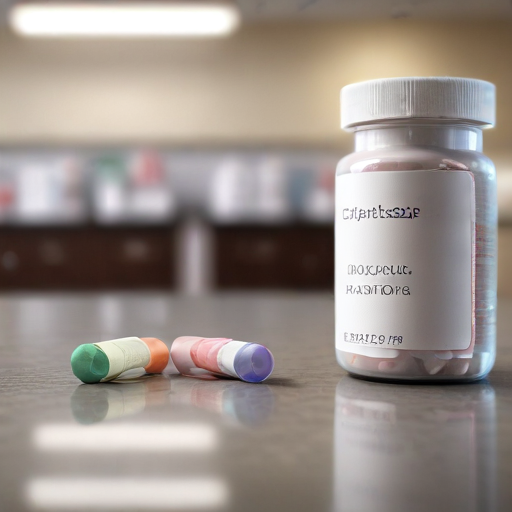According to a recent study published in the Annals of Internal Medicine, the proportion of individuals without diabetes who are being prescribed GLP-1 medications is increasing, while the number of new prescriptions for individuals with diabetes is declining. This shift raises concerns about potential shortages of these treatments, which are primarily used to manage blood sugar levels and promote weight loss.
GLP-1 drugs, which include well-known treatments such as Wegovy, Ozempic, Zepbound, and Mounjaro, were initially approved for the management of type 2 diabetes. However, their approval for weight loss in 2021 has led to a surge in demand. The study, conducted by researchers from Cedars-Sinai Medical Center and other institutions, analyzed medical records of 45 million Americans from 2011 to 2023. Their findings revealed that the percentage of new GLP-1 users with type 2 diabetes decreased from nearly 90% in 2019 to over 70% by 2023. Conversely, the share of new users without diabetes grew from 10% to 25%.
Yee Hui Yeo, co-first author of the study, remarked that this trend indicates a growing recognition among healthcare providers of the benefits of GLP-1 medications in addressing obesity. While this is a positive development for public health, there are valid concerns regarding the availability of these medications for patients who need them most—those with diabetes.
With the popularity of GLP-1 drugs driven in part by their ability to aid significant weight loss—reportedly up to 26% of body weight—companies like Eli Lilly and Novo Nordisk have seen their market values soar. However, the high demand for these drugs has made it challenging for some patients to obtain their prescriptions. In response, both companies have made substantial investments to expand production capabilities.
Looking ahead, analysts at Morgan Stanley predict that the global market for GLP-1 drugs could reach $105 billion by 2030, with the potential for approximately 31.5 million people in the U.S. to be using these medications by 2035—representing about 9% of the population. This anticipated growth in the market illustrates the significant role these drugs may play in the future of obesity management and diabetes care.
In summary, the shift in GLP-1 medication prescriptions from diabetes patients to a broader demographic reflects an evolving approach to weight management and its implications for public health. While this is an encouraging trend in recognizing the importance of obesity treatment, it is essential to ensure that individuals with diabetes continue to receive the necessary support and access to these vital medications. This situation presents an opportunity for increased production efforts and innovative solutions in healthcare to meet the needs of all patients.
